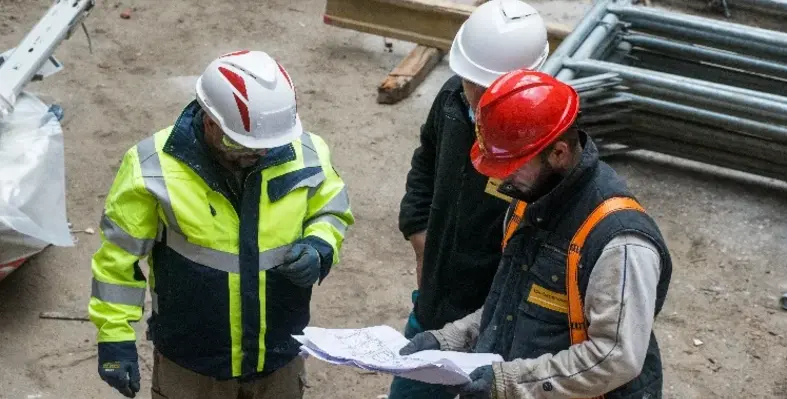The global workplace safety market is poised for strong growth, with a projected compound annual growth rate (CAGR) of 13.5% from 2024 to 2031, according to a new report from Verified Market Research.
Valued at US$16.12bn in 2024, the market is expected to reach US$44.39bn by 2031, as organisations worldwide place increasing emphasis on employee health, risk mitigation, and regulatory compliance.
Industries across construction, manufacturing, healthcare, mining, and logistics are accelerating the adoption of smart safety technologies to reduce workplace accidents, safeguard employees, and enhance operational efficiency. Internet of Things (IoT)-enabled wearables, AI-powered monitoring systems, and advanced hazard detection tools are being integrated into daily operations, reflecting the shift toward proactive, technology-driven safety management.
One of the main drivers of growth is the increasing stringency of global safety regulations. Governments and international organisations, including OSHA, ISO, and the International Labour Organization (ILO), have implemented rigorous safety standards. These mandates compel companies to adopt comprehensive safety protocols, implement monitoring technologies, and maintain safer work environments. Compliance pressures are particularly strong in high-risk sectors such as oil & gas, mining, and construction, where workplace incidents can have severe consequences for both personnel and operations.
New technology
Technology adoption is another significant growth catalyst. Smart helmets, sensor-equipped vests, and AI-driven analytics platforms provide real-time monitoring of worker health, environmental hazards, and equipment performance. Predictive maintenance, early hazard detection, and automated incident alerts help prevent accidents and improve operational efficiency. With the ongoing rise of Industry 4.0, these innovations are expected to continue reshaping workplace safety practices globally.
Awareness of employee well-being is also driving demand. Organisations recognise that safety programs not only ensure compliance but also contribute to productivity and retention. Investment in ergonomic solutions, mental health initiatives, and integrated safety management systems reflects a broader focus on environmental, social, and governance (ESG) goals. Both large enterprises and mid-sized companies are embracing technologies and programs that enhance workplace safety and employee trust.
Despite growth opportunities, challenges remain. High initial costs of IoT devices, AI monitoring platforms, and training can limit adoption among small and medium-sized enterprises (SMEs), especially in developing economies. Furthermore, integration challenges with legacy systems and limited awareness in unorganised sectors create gaps in adoption, hindering full-scale implementation of advanced safety solutions.
Geographically, North America dominates the market, driven by strict regulations, a mature industrial base, and early adoption of safety technologies. Europe follows, fueled by strong worker protection laws and rising demand for sustainable safety initiatives. The Asia-Pacific region is emerging as the fastest-growing market, supported by rapid industrialisation in China, India, and Southeast Asia, alongside government efforts to improve workplace safety standards.
Key market players include IBM, Honeywell, 3M, Hexagon AB, Cority, Wolters Kluwer, Bosch, Microsoft, and Appian. As organisations continue to prioritise regulatory compliance, risk management, and technological integration, the global workplace safety market is set for sustained expansion and innovation over the coming decade.

























